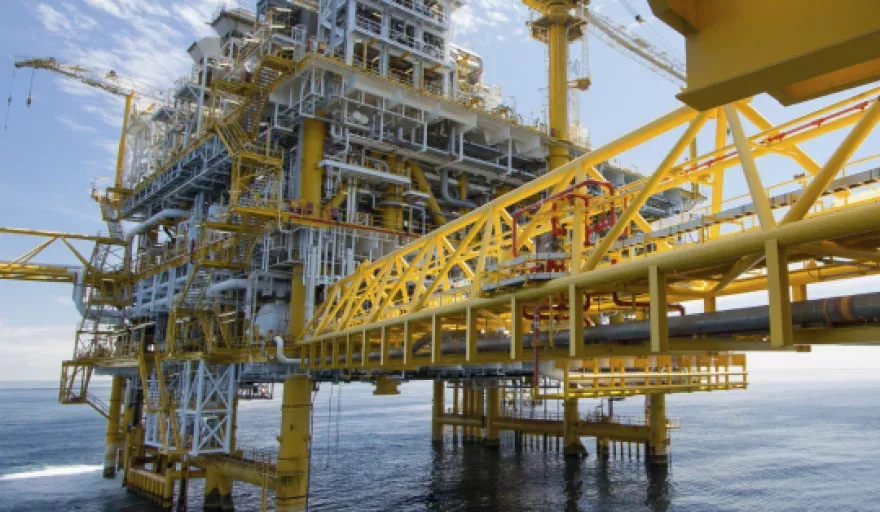The Southeast Asia offshore oil & gas services market had witnessed a growth rate of 15 percent from 2010 to 2013 due to inflated oil prices, which increased the export value of fossil fuels and the overall high domestic demand for energy in the region. With the ongoing oil price slump, however, oil & gas exploration and production activities have been greatly affected, slowing down the development of the related services market.
New analysis from Frost & Sullivan, Southeast Asia Offshore Oil and Gas Services Market finds that the global drilling, marine and pipeline support service markets collectively earned revenues of US$200 billion in 2014 and estimates this to reach US$241 billion in 2018.
“Despite the oil-price situation, the Southeast Asia offshore oil & gas services market managed to generate revenues of US$25 billion in 2014,” noted Frost & Sullivan Energy & Environmental Consultant Daniel Wicaksana.
“A lot of different players ranging from large multinational companies to medium- to small-sized regional and local companies have been driving total market revenues,” he added.
As the shallow water oil fields in Asia start to mature, oil & gas companies are facing the pressure of declining production. As a result, oil & gas companies based in countries such as Malaysia and Indonesia are developing deepwater fields. With Malaysia and Indonesia witnessing the highest exploration activity in Southeast Asia, these countries will become the largest markets for oil & gas offshore support services and pipeline services.
Nevertheless, existing challenges such as tackling the high risks of working in remote locations, extreme weather, and shortage of highly skilled human resources could reduce deepwater drilling to some extent. This, along with the need for offshore oil & gas service providers to comply with complex government regulations, could negatively impact the market growth.
Moreover, the combined effect of increasing vessel and rig production by low-cost Chinese shipbuilders and falling oil prices have resulted in the rise of unused marine support vessels. The drop in utilisation rates of drilling rigs and marine support vessels are forcing major companies operating in this segment to reduce the price of their products to sustain themselves in the highly competitive market.
Long-terms plans by Southeast Asian countries to strengthen energy security and sustainability will eventually promote offshore oil & gas exploration and production, creating steady demand for marine support vessels. The development of large vessels with higher fuel-efficiencies, along with improvements in drilling efficiencies and effectiveness, will also boost the marine support service market.
“Collaboration among nations as well as an effective government framework and support are crucial to the overall success of the oil & gas exploration and production sector in the ASEAN region. As far as the rig building activities are concerned, Singapore builders have established themselves as providers of high-end rig types and are more reliable than low-cost Chinese builders who dominate the global market,” concluded Wicaksana.



































